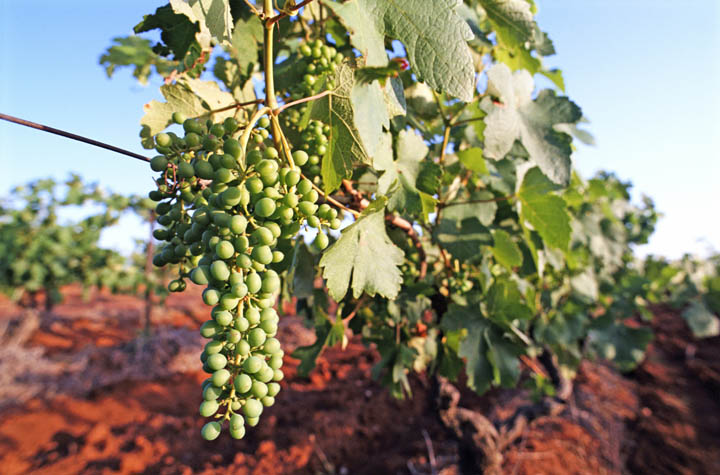September 28, 2010

The California Department of Food and Agriculture (CDFA) is preparing to remove fruit from backyard grapevines on several properties in the Gilroy area of Santa Clara County as part of the ongoing effort to eradicate the European grapevine moth (EGVM).
Three moths were recently found in insect traps set by agricultural officials in the area.
A quarantine has been set over a larger, 94-square-mile area surrounding the properties where the moths were detected.
A map of the quarantine area is available online at http://pi.cdfa.ca.gov/pqm/manual/pdf/maps/3437EGVMSantaClara.pdf.
The quarantine primarily affects grape farmers, transporters, processors, and others who handle agricultural commodities that could harbor or spread the pest. Agricultural officials are visiting affected with growers and businesses on the quarantine issue.
“This pest is capable of rapidly infesting entire vineyards and rendering their grapes unfit for consumption, so we are working quickly to get ahead of the infestation by removing the grape clusters that the moth needs to feed and breed on,” said CDFA Secretary A.G. Kawamura.
“Our goal is to keep the pest from gaining a foothold locally, and then to continue our efforts elsewhere in the region and the state to eradicate this invasive pest. We appreciate residents’ support and cooperation to get this important eradication project underway.”
Crews will remove grapes from backyard grapevines within 400 meters of where the EGVM was found. Fruit removal will help to eradicate EGVM on the properties and greatly reduce the risk of spread to commercial vineyards.
Fruit removal was recommended by a Technical Working Group (TWG) appointed by the USDA including scientists and specialists working with this type of pest.
Approximately 20 properties are within the area designated for fruit removal. Some contain grapevines, which are the only EGVM host plant targeted for fruit removal.
Residents will be notified in advance to make arrangements for the crews to access properties.
CDFA and local agricultural authorities are also working with commercial grape growers, haulers, and handlers in the area to safeguard the crops from the pest.
Portions of nine counties are under quarantine for the EGVM: Fresno, Lake, Merced, Napa, San Joaquin, Santa Clara, Sonoma, Solano, and Mendocino.
The pest primarily damages grapes, but has also been known to feed on other crops and plants.
The EGVM larvae, not the adult moths, are responsible for the damage to grapes. Larvae that emerge early in the spring feed on grape bud clusters or flowers and spin webbing around them before pupating inside the web or under a rolled leaf. If heavy flower damage occurs during this first generation, the affected flowers will fail to develop and yield will be reduced.
Second-generation larvae chew into the grapes to feed before pupating in the clusters or in leaves.
Larvae of the third generation - the most damaging - feed on multiple ripening grapes and expose them to further damage from fungal development and rot. These larvae overwinter as pupae in protected areas including under the bark, and emerge as adults the following spring.
You May Also Like




